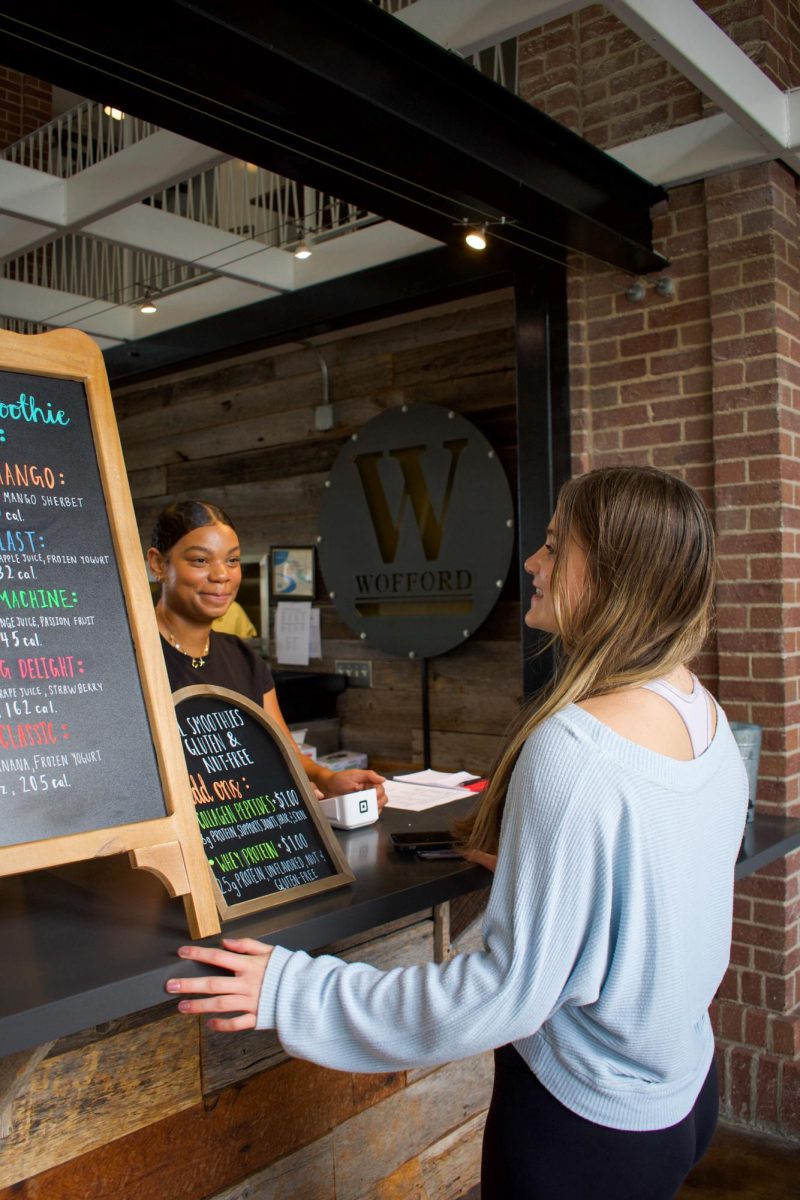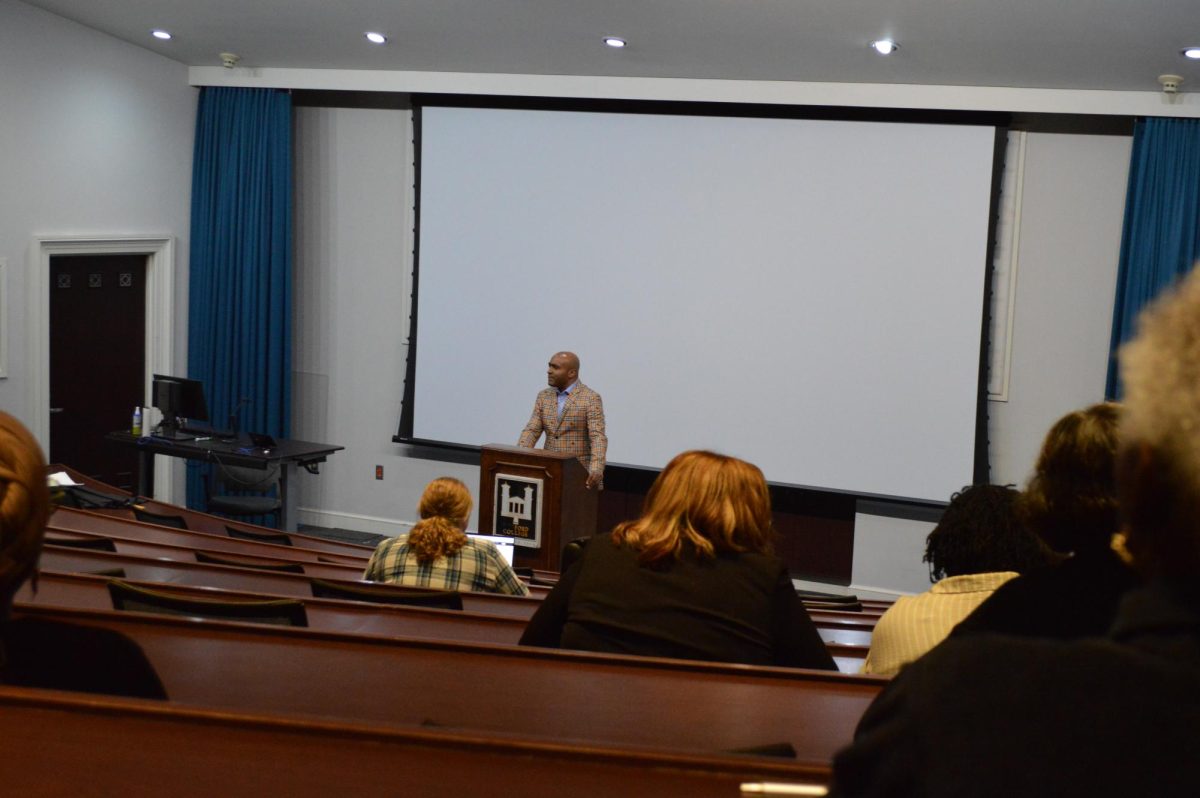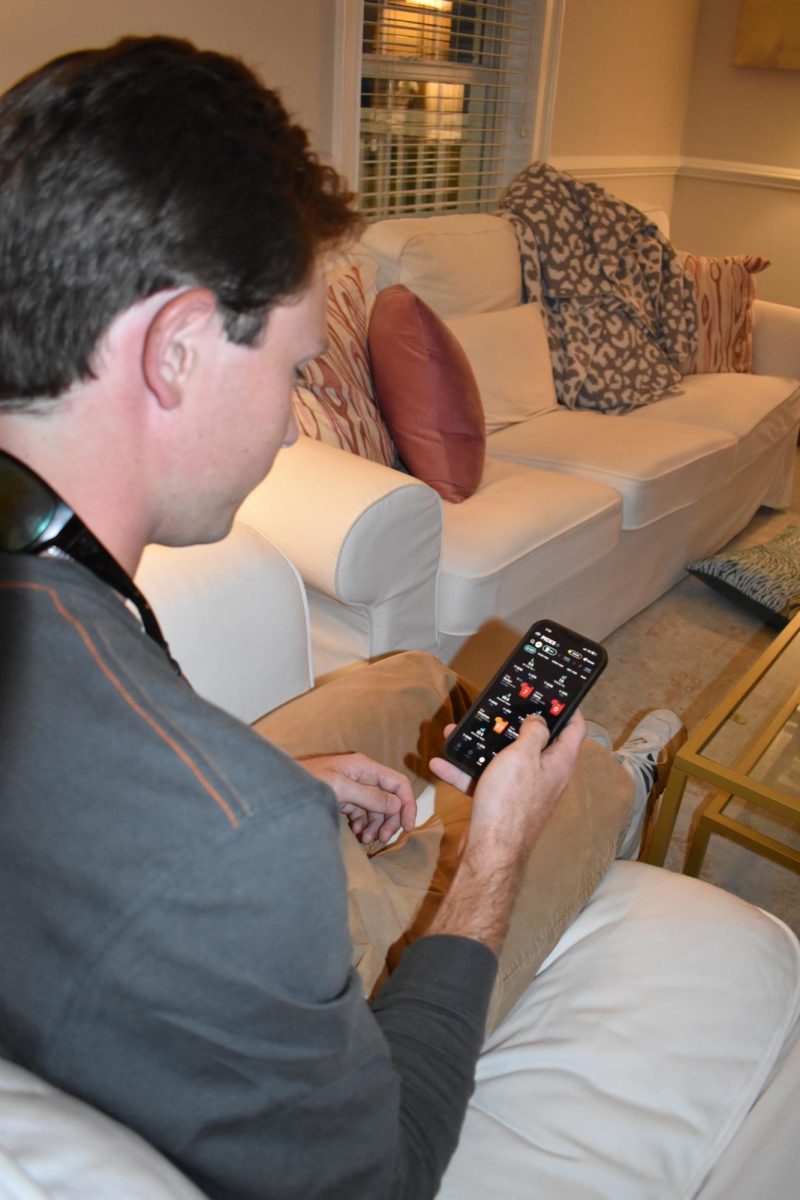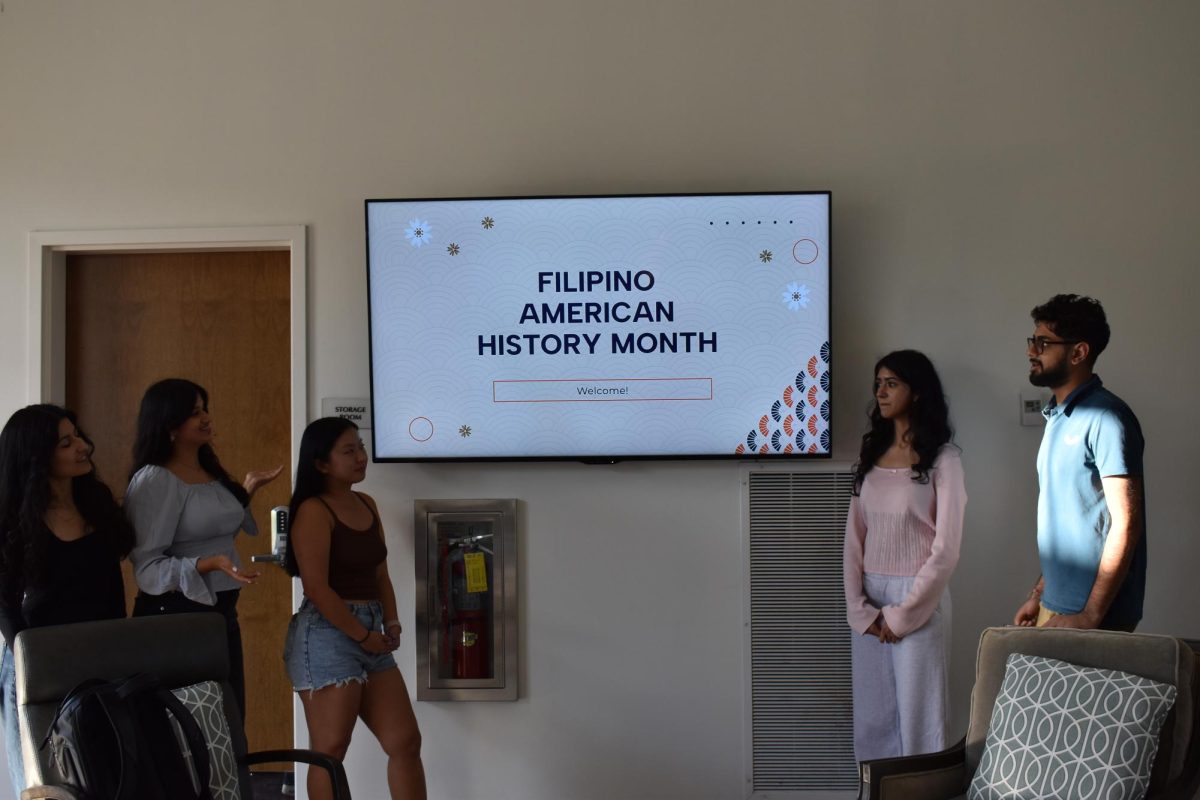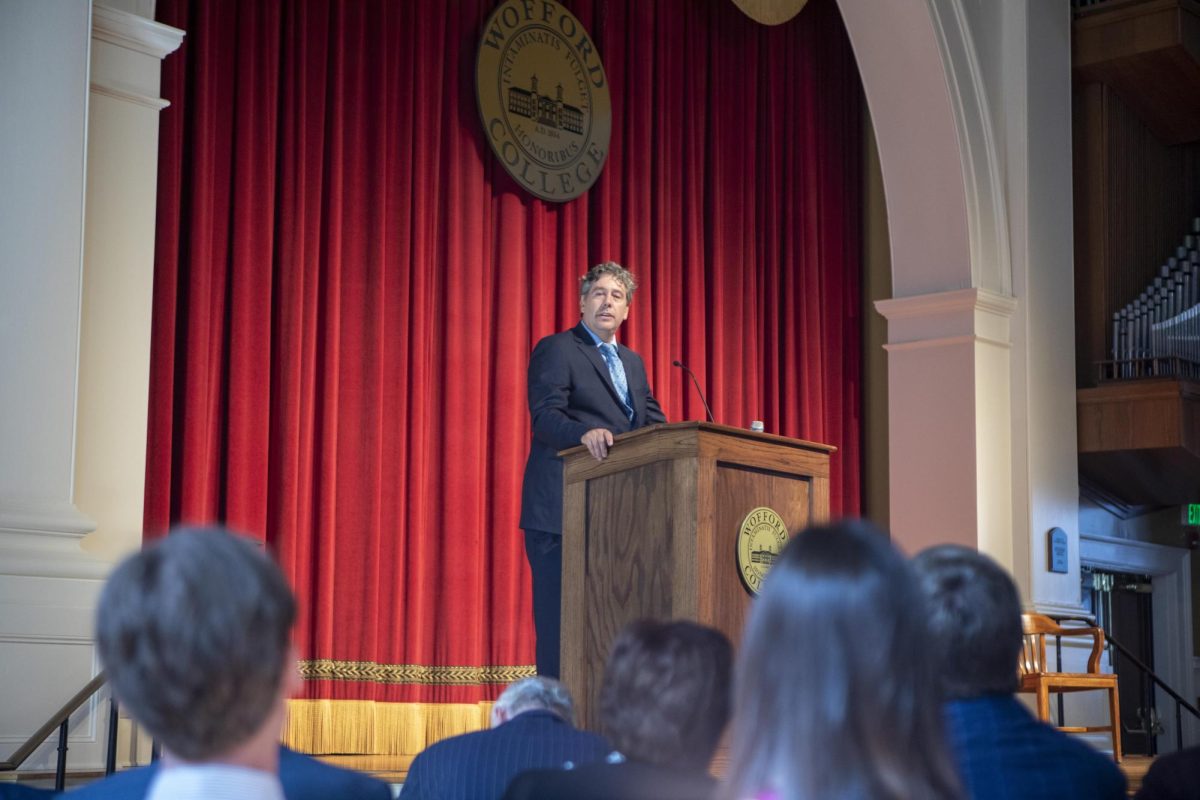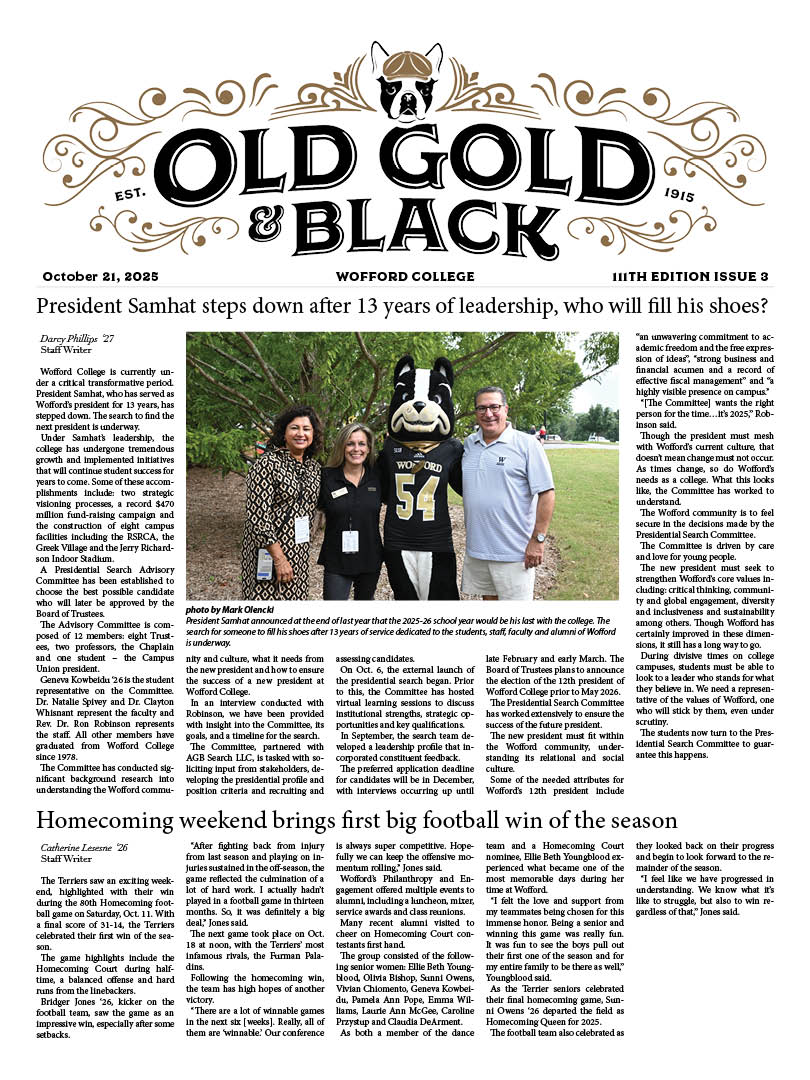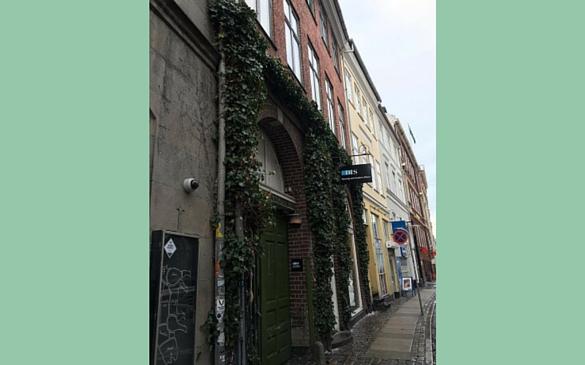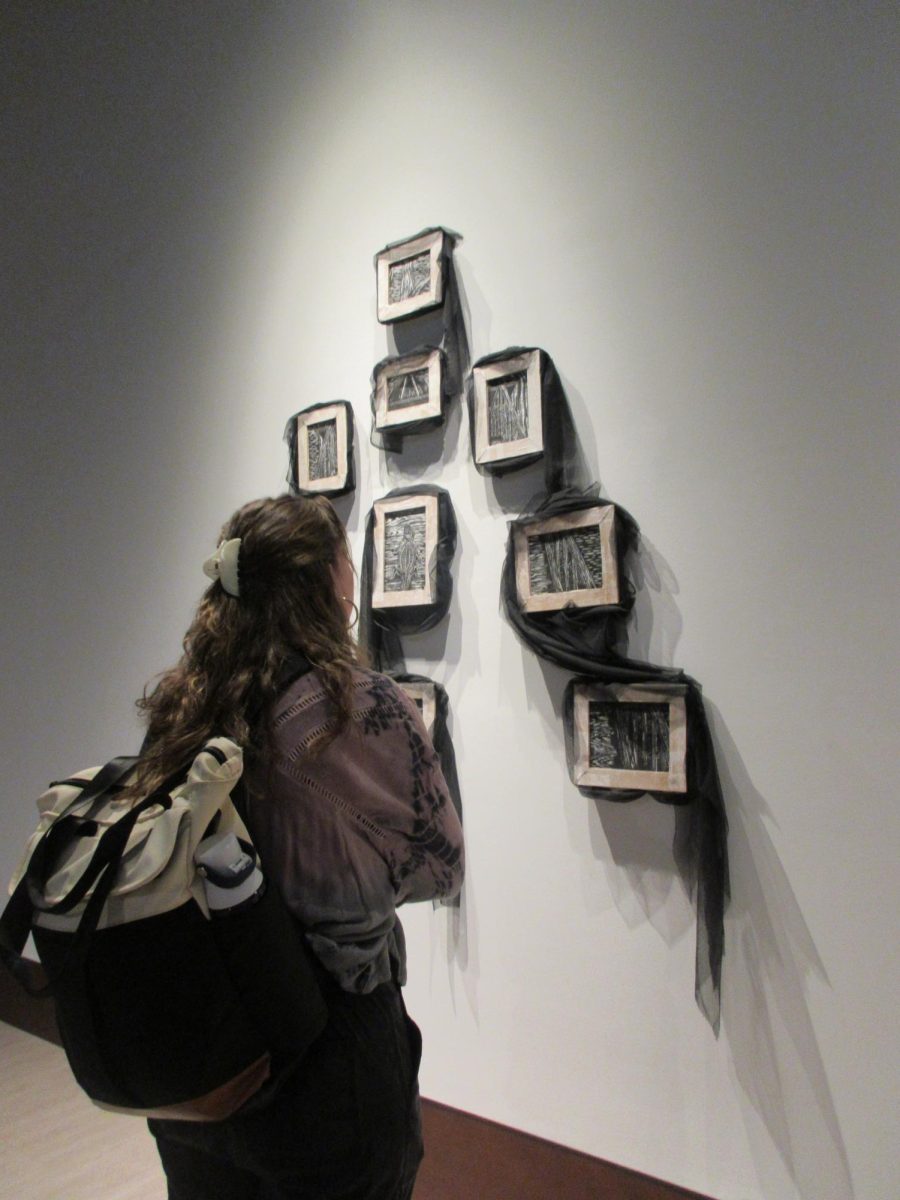By: Katherine Waters, Staff Writer
“Scandinavia as your home, Europe as your classroom.” DIS claims this as their motto, showing current and prospective students that although they will be living in Copenhagen or Stockholm for the semester, they will have the opportunities to travel and learn in many different countries all over the continent.
It’s a little difficult to claim Copenhagen as your home. The streets, people and everyday routines become familiar after a while, but unless you have Danish heritage, many locals will never consider you to be a Dane.
Becoming a Dane is much different from becoming an American. At home, passing the citizenship test is what officially makes you “American.” Even the Danes recognize the “melting pot” reputation of America: when someone asks you where you’re from, they don’t always mean the good old USA, but instead they want to know where your family is originally from.
Denmark has a reputation for being extremely homogenous. The welfare state focuses on leveling the classes. Everyone is special, so you are not more special than anyone else. Even within the school system, gifted students were not always allowed to be in more challenging classes- they had to attend the same classes as all other students. Danish heritage is what makes a person truly Danish. If you don’t have that bloodline, you may never feel like you really fit in.
I recently took a trip to Ireland, where my feelings about living in a European country completely changed. I felt so at home. Some of my ancestors came from Ireland, so I guess it’s in my blood. The people were much more outgoing and friendly than the Danes. Mountains surrounded every city I was in, and there was a church on each corner (Belfast is similar to the Bible Belt in America, unlike Denmark, where around 2 percent of the population regularly attends church).
However, there was one glaring factor that made me feel somewhat alienated from this amazing place. The violence between Catholics and Protestants in Northern Ireland, otherwise known as “the troubles,” has been mostly over since the Good Friday peace agreement was signed in 1998, but the city is still divided into the two groups. In West Belfast, a towering wall splits between those loyal to the United Kingdom and those in favor of a united Ireland (Protestants and Catholics, respectively). Many neighborhoods are painted either red, white and blue or green, white and orange.
The only people left out of the conflict are those who weren’t born in the country. Your name, school and even choice of words can reveal which side you are on, and most Northern Irish are born into one of the groups. They hate each other and don’t have a solid reason why. Outsiders can feel the tension in everyday conversations and can see the slight nuances that designate the society as abnormal (for example, our tour guide at the BBC told us what to do in case of a bomb threat).
But home may not necessarily mean you fit completely into the culture. So many people in Copenhagen feel like Danes despite their bloodline, and a lot of Northern Irish citizens would rather fight for peace than fight against their neighbors. They feel at home wherever they choose to be.

